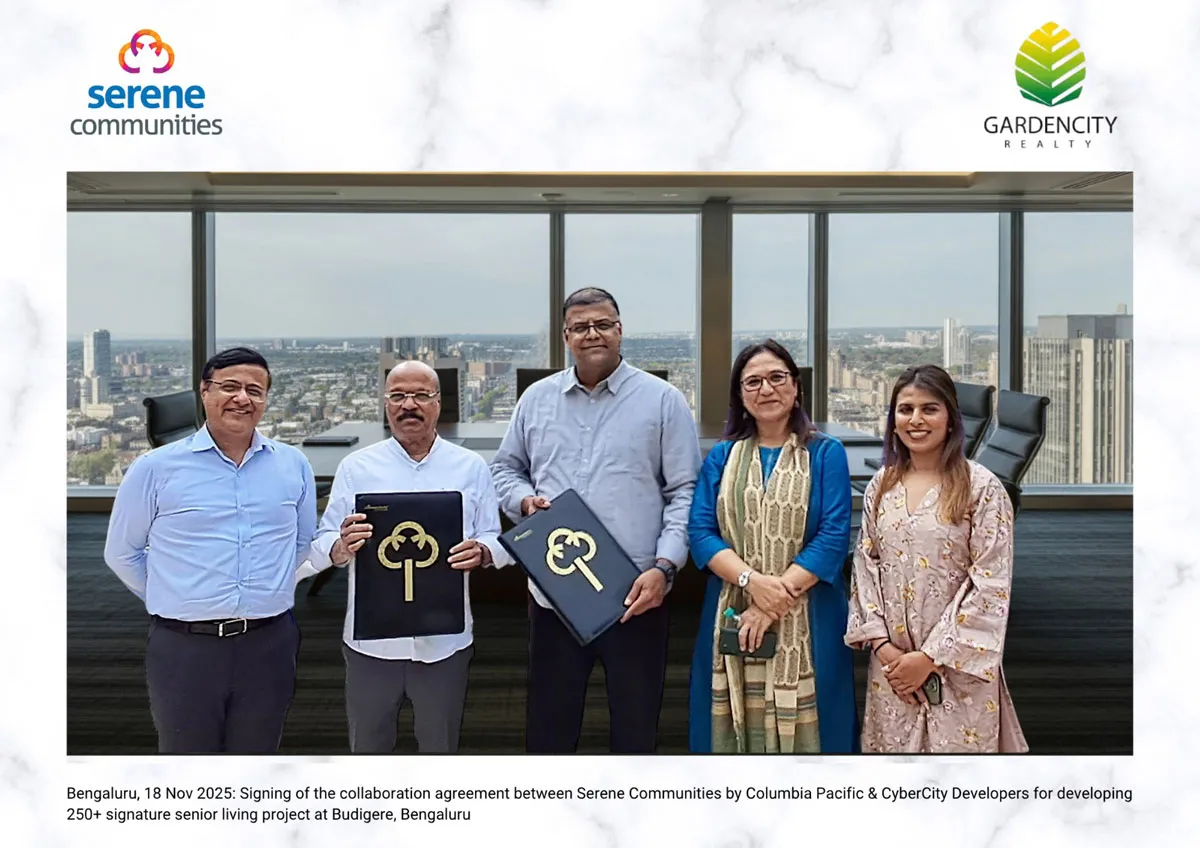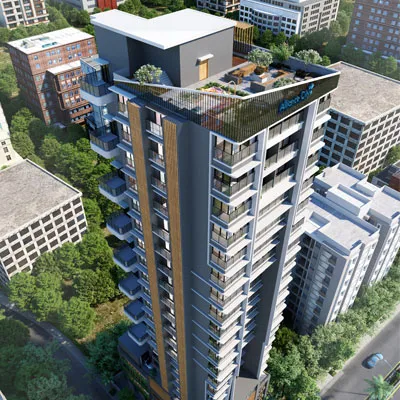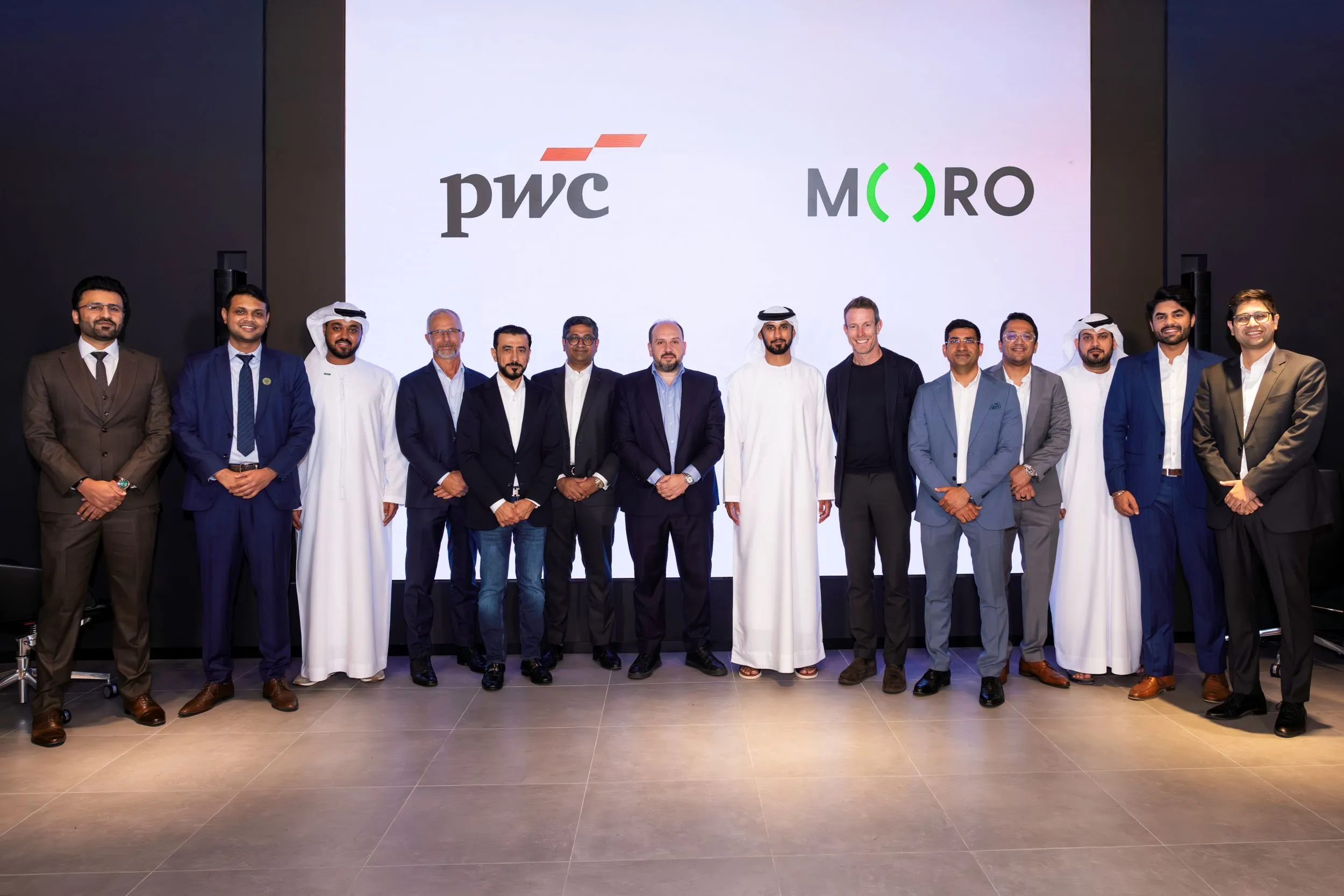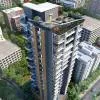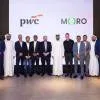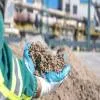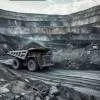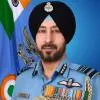In the next in a series of interviews with prominent civil engineers,
Janaki Krishnamoorthi meets
Mohan Patwardhan, Additional Chief Engineer, Mumbai Port Trust. Did you know? Mumbai Port is the only port in Maharashtra with dry docks. Haldia Port is
a tidal port, and water levels here change with the ocean tides. Being a natural port, Mumbai Port requires minimum dredging, but artificial ports like Chennai, Ennore and Haldia need continuous dredging involving crores of rupees. Rotterdam Port in the Netherlands is the largest in the world and was the busiest until 2004. In the 1980s, when Mumbai Port Trust was handling 8 million tonne of cargo, Rotterdam was handling 80 million tonne. The Dutch are experts in port construction and the expansion projects of many Indian ports like Jawaharlal Nehru Port, Mumbai, and Chennai and Cochin ports have been undertaken by them. All these interesting facts come to us courtesy Mohan Patwardhan, Additional Chief Engineer, Mumbai Port Trust. And, he has much more to share, considering that he has spent almost three decades of his career in the ports sector, all of it with Mumbai Port Trust (MbPT). He joined MbPT in 1982 as assistant executive engineer and climbed up the ladder to become additional chief engineer in 2009, establishing himself in the field.
"Port construction is a specialised and challenging field as much of the work is carried out in the sea," states Patwardhan, who began his career as a junior engineer with the Public Works Department (PWD) in Mumbai. Later, he moved on to the private sector and then, after a short stint, returned to the public sector joining Bombay Dock Labour Board and later MbPT with which he has had a long association. Naturally, his pet subjects are MbPT and port activities. "Large-scale infrastructure development has been taken up recently in MbPT," reveals Patwardhan. "Several projects are underway and in the pipeline, like the off-shore container terminal, second liquid chemical berth and fifth oil berth, a new cruise terminal and dredging and infrastructure development for handling larger vessels at Indira Dock, some of which are being executed under PPP [public-private partnership) models."
Patwardhan was amongst the 11 Indian engineers to be selected from various Indian ports to undergo a year's special training in port design and construction at Delft University, the Netherlands, in 1988-89. At present, he is supervising the implementation and processing of about half-a-dozen ongoing and forthcoming projects of MbPT. He is also a nodal officer for coordination of projects handled by other agencies but passing through MbPT property like the Eastern Freeway, Mumbai Trans Harbour Link, Metro and Mono Rails, Inland Passenger Water Transport and modernisation of CST Railway Station. In addition, he is also in charge of maintenance of various existing marine structures and over 150 residential and office buildings, apart from roads, water supply, drainage systems and a botanical garden, all of which belong to MbPT.
No doubt, these massive responsibilities entail hard work and long hours, often extending to late evenings. But, Patwardhan takes it all in his stride, emphasising that civil engineering is not a 9-to-5 job. "The profession demands total involvement and hard work; otherwise, you cannot do justice to your work," says the 57-year-old, who has also shouldered the responsibility of the departmental vigilance officer for almost seven years and public information officer of the Civil Engineering Department under the RTI Act for about four years.
Little wonder then, that he now tops the list of contestants in the run for the chief engineer's post at MbPT. But, Patwardhan remains unfailingly modest about his track record. "I am not functioning in isolation, there is a whole team working with me. So, I cannot take individual credit for anything," he says, as he goes on to share his experience and views with us.
Civil engineering, then and nowWhen I entered engineering in the '60s, there were only five engineering colleges in Maharashtra, all controlled by the government. Today, several private colleges have entered the field. When I completed the course in 1978, there was a huge demand for civil engineers as the government was undertaking many hydraulic projects. As a result, I was offe-red a job by the PWD on the last day of my final year examination even before the results were announced. Today, yet again there is a scarcity of civil engineers. The government's focus on infrastructure projects has raised the demand for civil engineers. In between, there was a surplus. Demand and supply have been fluctuating over the years. There is a vast difference
in salary scales too. When I joined MbPT in 1982, the basic salary scale of an assistant executive engineer was Rs 950-1,245 per month. Today, it is around Rs 20,600 to Rs 46,500 per month.
But, there is a huge variation in salary scales even amongst the state and central governments, and public-sector organisations. It is higher in organisations like Shipping Corporation, ONGC and BMC compared to organisations like the PWD. I think this disparity should be removed.
Port design and developmentPort building is a specialised field ranging from dredging and piling to construction of berths, jetties, terminals, dry docks, sheds and warehouses. Most of these activities are carried out in and around the sea. So, the nature of the seawater, its contents, behaviour, tidal movements, coastal environment and marine life play a vital role in design and construction. Each structure has its own unique challenges too. For instance, in piling locating the rock strata is critical. While doing the piling, we have to counter tidal variations, unexpected gushing of water and sand from the bottom, etc. We erect cofferdams (cylindrical structures) that are lowered into the sea; all the water is pumped out from within to create a dry environment, after which manual piling work is undertaken. Dredging is another difficult task. Maintenance dredging, which is done continuously to remove the mud that keeps filling up the channels, is easier, though capital-intensive. But, capital dredging carried out for creating infrastructure like berth pockets and tunnel circles is more challenging. While soft dredging, which only involves sucking of soil, is easier, rock dredging requiring controlled blasting and removal of the rock is more difficult. The huge quantity of mud and rock removed has to be dumped at specified natural deep spots in the sea. After some years, when these spots get filled up, new deep spots will have to be identified. MbPT has three such spots as of now.
Technological advancementSeveral technological advances have taken place in construction, many of which are also applicable to port construction, like the use of precast materials and pre-stressed concrete. Development in concrete technology has completely changed the scenario. Earlier, we were using concrete of M10 to M30 strength. Now, M80 and M100 are available; these increase the strength of structures, which is vital for marine structures. In port handling too, several developments have taken place like the Vessel Traffic Management System (VTMS) to regulate traffic flow in port channels, upgraded software applications in operational areas and the introduction of new cargo handling equipment.
Projects portfolio (ongoing):- Dredging and land filling for construction of off-shore container terminal berths
- Redevelopment of harbour wall berths
- Second berth for handling liquid chemicals
- Fifth oil berth at Jawahar Dweep
- Construction of new cruise terminal
- Laying of additional rail link between Wadala and Kurla for transport of rail-bound cargo
- Improving internal roads within and outside MbPT estate
Track record: Mohan Vasant Patwardhan- BE (Civil) from Shivaji University Kolhapur (1978)
- Postgraduate Diploma in Hydraulic Engineering from Delft University, the Netherlands (1989)
- Member of Institution of Engineers (MIE) (1995)
- Junior Engineer, Public Works Department, Mumbai (1978-1979)
- Junior Engineer, Swastik Household and Industries Products, Ambernath (1979-1980)
- Junior Engineer-BE, Billimoria & Co (1980-1981)
- Civil Engineer, Bombay Dock Labour Board, Mumbai (1981-1982)
- Joined Mumbai Port Trust as Assistant Executive Engineer in 1982 and climbed up the ladder to become Additional Chief Engineer in 2009
Challenging projects:
Project: Capital dredging and filling of Princess and Victoria docks for off-shore container terminal berthsPeriod: Ongoing (started in 2009)
Project cost: Rs 445 crore
Contractor: Jaisu Shipping Co Pvt Ltd
Background: Contract for building two off-shore container terminal berths under BOT (build operate and transfer) was awarded to Gammon India. MbPT is undertaking the capital dredging and filling of Princess and Victoria docks for this project
Project Highlights: Capital dredging to a depth of -16 m CD (chart datum) at berths and
-13.5 CD at approach channel and turning circle to cater to 14.5 m draft container vessels. Filling up of Princess and Victoria dock basins for building container yard.
Challenges: Rock dredging involving controlled blasting of rocks is a complex task. First, the type and topography of the rock have to be assessed through tests at various spots. The assessments can go wrong as it is not easy to judge the rock conditions below the sea, as it turned out to be in this case. "We conducted a study, but it has its own limitations as the area is vast and the rock is not uniform throughout," reveals Patwardhan. "So, after the work started, the contractor discovered that the rock was harder, requiring heavy blasting. Carrying out controlled blasting within the restrictions imposed by the Ministry of Environment without harming the structures in the vicinity, the flora, fauna and fishing activity, is yet another challenge. More so, as the site is very close to the Elephanta Caves." The second major challenge is to put the project on schedule; delays have resulted in time and cost overruns. The discovery of hard rock required increased blasting and consumed more time. Further, the collision of two merchant vessels, SC Chitra and MV Khalijia, which were sailing towards MbPT in August led to a halt in work for almost a month. "We are expediting the work by bringing in more dredgers with higher capacity," Patwardhan tells us. "Now, everything is channelled and there will be no unexpected changes in site conditions or materials. Hence, we should complete the project at the earliest."
Project: Remodelling of MbPT railway linePeriod: 1992-93
Project cost: Rs 30 crore
Background: MbPT owns and operates its own railway system, which is connected to the Central and Western Railways at its interchange railway yard in Wadala. The railway line has a track network of about 100 km and a fleet of five diesel locomotives used for shunting the wagons brought to the Wadala yard by other railways to the required location for loading/unloading. Built by the British, the railways, made of 75 lb rails and wooden sleepers, lacked the strength to carry the new wagons. Hence, the whole system was remodelled by replacing the old rails with 52 kg rails and wooden sleepers with concrete ones. The mechanical signal system was substituted with an electronic system, and a new overhead 25 kv AC traction system was provided.
Challenges: Replacing the old system with the new one was, no doubt, a demanding assignment but the challenge itself came from a totally unexpected corner. The project required the cutting of around 200 trees. Although MbPT had all the necessary permissions, there was a hue and cry from the public against such massive hacking of trees. "The public protested and physically stopped us from working," recalls Patwardhan. "We then had to convince them that there was no alternative and wherever possible we were replanting them as well as planting 10 saplings for each tree that was cut, as per the rules. Then, transporting and replanting the trees was another challenge as some of them were huge. But, we managed it all successfully."
Give us your feedback on this article at feedback@ASAPPmedia.com
